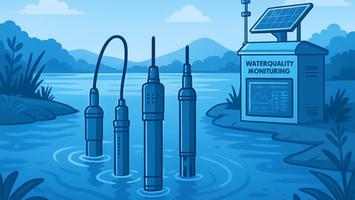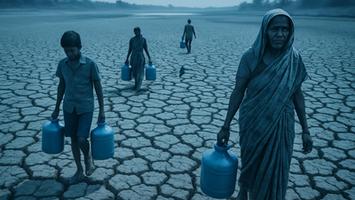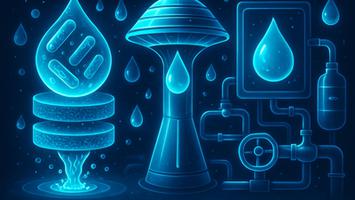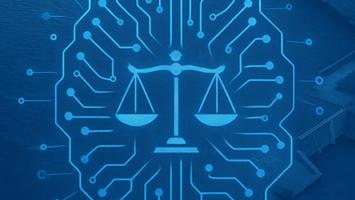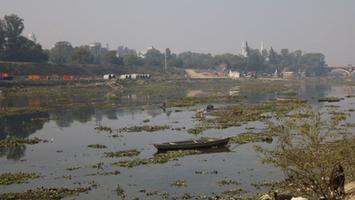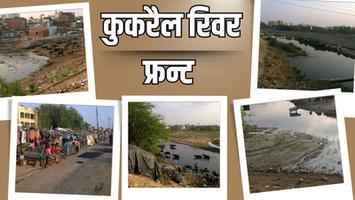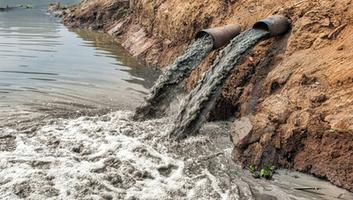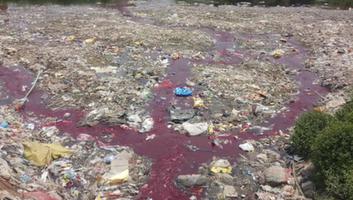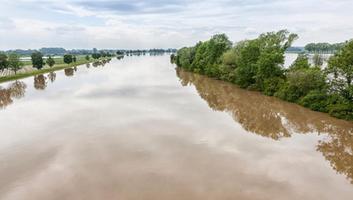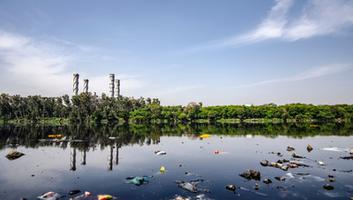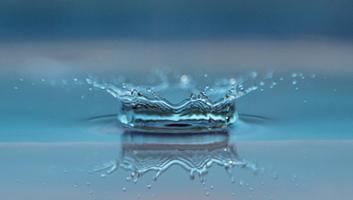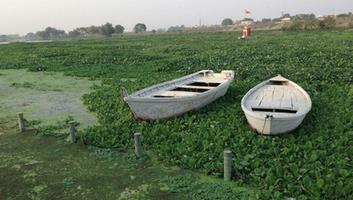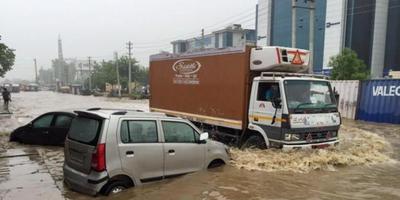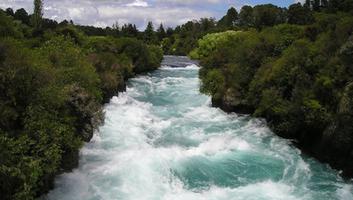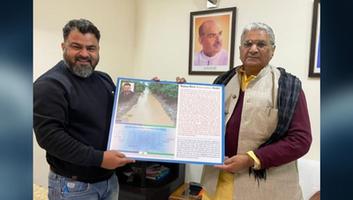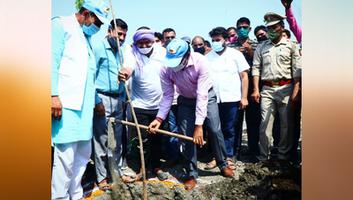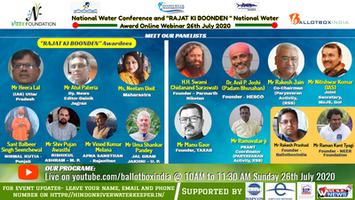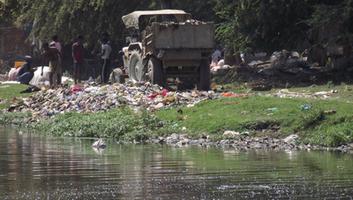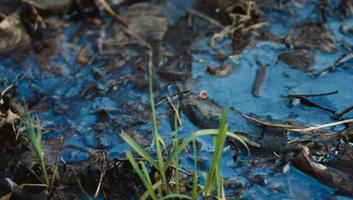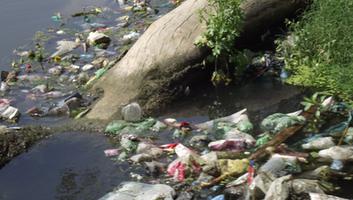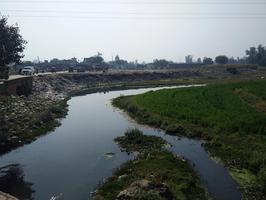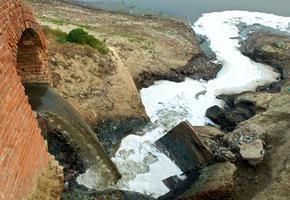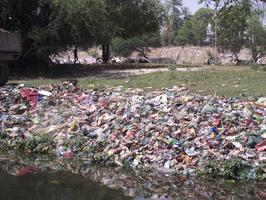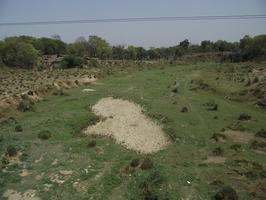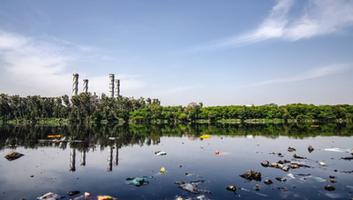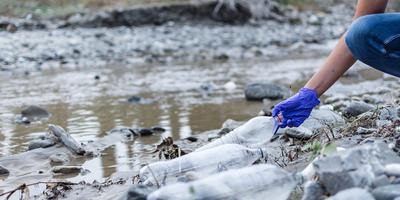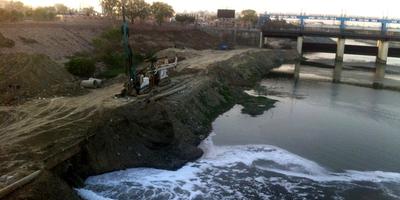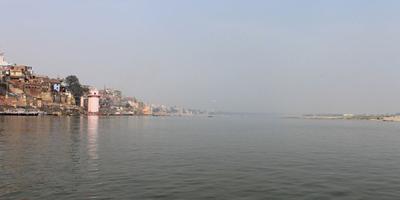Water Quality Monitoring: Using AI for Healthier Water
- By
- Gitanjali Maggo
- June-03-2025
Ensuring access to clean and safe water is fundamental to public health and environmental well-being. However, monitoring water quality across vast and complex water systems – rivers, lakes, groundwater, and distribution networks – presents significant challenges. Traditional methods often involve manual sample collection and laboratory analysis, which can be time-consuming, expensive, and provide only snapshots in time, potentially missing transient pollution events.
Artificial Intelligence (AI) is revolutionizing water quality monitoring by enabling real-time analysis, predictive capabilities, and more efficient resource allocation. By integrating data from various sensors and sources, AI algorithms can provide continuous insights into water quality, detect anomalies, identify pollution sources, and predict future conditions, leading to faster responses and better protection of water resources and public health.
Challenges in Traditional Water Quality Monitoring
- Infrequent Sampling: Manual sampling often occurs weekly, monthly, or even less frequently, potentially missing short-term pollution spikes.
- Limited Spatial Coverage: Monitoring is typically restricted to a few fixed locations due to cost and logistical constraints, failing to capture spatial variability.
- Time Delays: Laboratory analysis takes time, delaying the response to contamination events.
- High Costs: Manual sampling and lab analysis are resource-intensive in terms of labor and equipment.
- Data Overload: Even with automated sensors, managing and interpreting the large volumes of data generated can be overwhelming without advanced analytical tools.
AI's Role in Modernizing Water Quality Monitoring
AI enhances water quality monitoring through several key capabilities:
1. Real-time Data Analysis and Anomaly Detection
AI algorithms process continuous data streams from in-situ sensors (measuring parameters like pH, turbidity, dissolved oxygen, temperature, conductivity, specific ions) deployed in rivers, lakes, or distribution pipes. Machine learning models learn the 'normal' patterns of water quality fluctuations and can instantly detect deviations or anomalies that might indicate a pollution event or equipment malfunction. This allows for immediate alerts and rapid response.
2. Predictive Water Quality Modeling
By analyzing historical data, sensor readings, weather patterns (e.g., rainfall causing runoff), land use information, and known discharge points, AI can predict future water quality conditions. For example, it can forecast algal blooms in lakes based on nutrient levels and temperature, or predict pathogen levels after heavy rainfall events. This predictive capability allows water managers to take preventative actions.
3. Sensor Data Fusion and Virtual Sensing
AI can integrate data from different types of sensors (e.g., physical, chemical, biological) to provide a more comprehensive assessment of water quality. Furthermore, AI models can sometimes act as 'virtual sensors,' estimating the concentration of parameters that are difficult or expensive to measure directly (like specific pollutants) based on correlations with easily measurable parameters (like turbidity or conductivity).
4. Pollution Source Identification
When a contamination event is detected, AI algorithms can analyze data from multiple sensor locations within a network, along with hydrological models, to help pinpoint the likely source of the pollution. This is crucial for effective enforcement and remediation efforts.
5. Optimizing Monitoring Strategies
AI can analyze historical data and system characteristics to recommend optimal locations for placing new sensors or suggest more efficient sampling schedules, maximizing the information gained while minimizing costs.
6. Remote Sensing Applications
AI-powered analysis of satellite and drone imagery can be used to monitor large water bodies for indicators like turbidity, chlorophyll concentration (indicating algal blooms), and surface temperature, complementing ground-based sensor networks.
Benefits of AI-Driven Water Quality Monitoring
- Early Warning Systems: Faster detection of contamination allows for quicker public health warnings (e.g., boil water advisories) and timely intervention to protect ecosystems.
- Improved Public Health: Reduced exposure to contaminated water leads to better health outcomes.
- Efficient Resource Management: Targeted responses based on real-time data and source identification are more effective and less costly than broad, reactive measures.
- Enhanced Regulatory Compliance: Continuous monitoring helps ensure compliance with water quality standards and provides robust data for enforcement.
- Better Understanding of Water Systems: AI analysis reveals complex relationships and long-term trends in water quality dynamics.
- Cost Reduction: While initial investment may be required, automation and optimized sampling can lead to long-term cost savings compared to traditional methods.
Implementation Considerations
Successfully implementing AI for water quality monitoring requires:
- Robust Sensor Networks: Reliable, well-calibrated sensors are the foundation for good data.
- Data Infrastructure: Systems for data transmission, storage, and processing are essential.
- Algorithm Development and Validation: AI models need to be carefully developed, trained on relevant data, and validated for specific local conditions.
- Integration with Decision-Making: The insights generated by AI must be effectively integrated into the operational workflows and decision-making processes of water authorities.
- Capacity Building: Training personnel to manage and interpret the outputs of AI-driven monitoring systems is crucial.
"Clean water, the essence of life and a birthright for everyone, must be protected." - Jean-Michel Cousteau
Pani Ki Kahani is actively developing and deploying AI-powered water quality monitoring solutions in collaboration with communities and local authorities. By leveraging the power of AI, we aim to provide the timely, accurate information needed to safeguard India's precious water resources and ensure healthier water for all.

